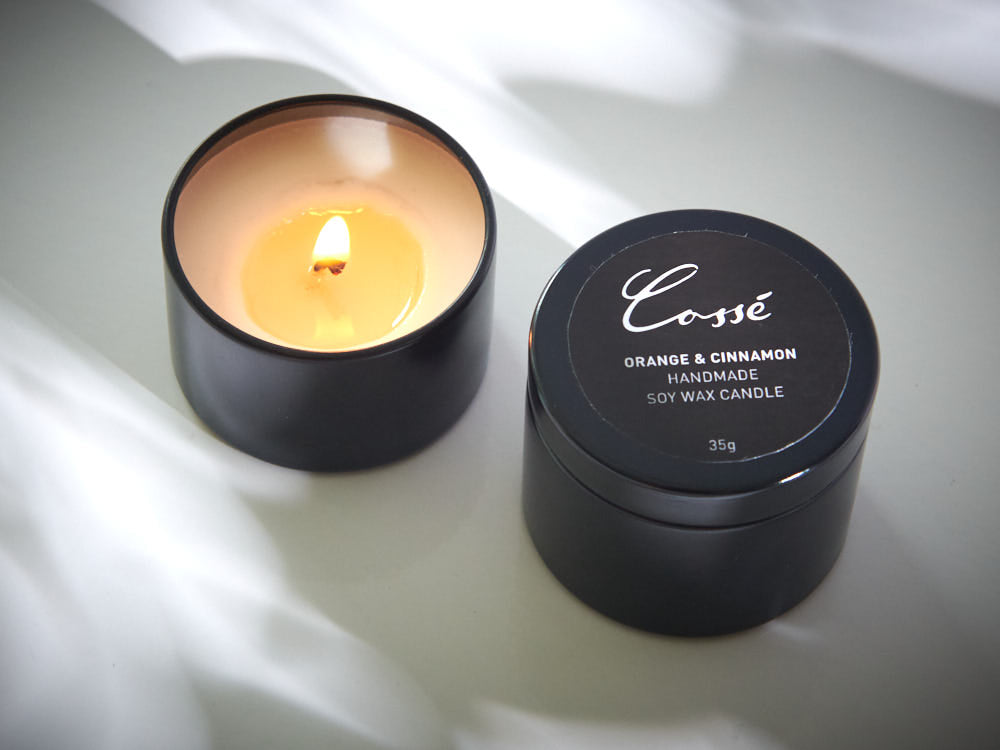Discover the Magic of Crystal Soy Candles and Home Fragrance
Discover the Magic of Crystal Soy Candles and Home Fragrance
Blog Article
From Wick to Wax: Comprehending the Chemistry Behind Soy Wax Candles and Their Ecological Effect
As we illuminate our rooms with the warm glow of candles, there lies a world of intricate chemistry behind the relatively easy act of lighting a soy wax candle. Join us as we untangle the scientific intricacies behind soy wax candles and explore their implications on our environment.
Soy Wax Vs. Paraffin Wax
When contrasting soy wax and paraffin wax for candle making, it is important to understand the distinct features and benefits of each material. Soy wax is a natural, sustainable resource originated from soybean oil, making it eco-friendly and green - soy wax candles. In comparison, paraffin wax is a byproduct of oil refining, which raises problems about its ecological effect and sustainability
Soy wax candle lights shed cleaner and send out much less residue compared to paraffin wax candles, making them a much healthier choice for indoor air top quality. Additionally, soy wax has a reduced melting point, permitting a longer-lasting candle that distributes fragrance a lot more successfully. Paraffin wax, on the various other hand, has a tendency to shed faster and much less easily, potentially releasing harmful chemicals right into the air.
From a sustainability point of view, soy wax is preferred for its biodegradability and eco-friendly sourcing, aligning with the growing customer choice for environmentally aware products. While paraffin wax has been a typical choice in candle light making because of its cost and ease of usage, the shift towards green choices like soy wax is gaining energy in the industry.
Chemical Make-up of Soy Wax

Burning Process in Soy Candles
The chemical structure of soy wax directly affects the combustion process in soy candle lights, influencing factors such as burn time, aroma launch, and ecological influence. When a soy candle is lit, the heat from the see this flame melts the wax near the wick.
The combustion performance of soy candles is affected by the purity of the soy wax and the quality of the wick. Furthermore, soy wax candle lights have a lower ecological effect contrasted to paraffin candles due to their biodegradable and sustainable nature.

Environmental Advantages of Soy Wax

Thought about a sustainable option to typical paraffin wax, soy wax provides remarkable ecological benefits that make it a preferred selection amongst eco-conscious customers. Soy reference wax burns cleaner and produces much less soot than paraffin wax, adding to much better indoor air top quality and minimizing the need for cleansing and upkeep. On the whole, the environmental advantages of soy wax line up with the expanding need for green and sustainable products in the market.
Recycling and Disposal Considerations
Recycling and correct disposal of soy wax candles play a crucial role in maintaining environmental sustainability and minimizing waste in communities and homes. When it comes to recycling soy wax candle lights, the very first step is to ensure that the candle light has actually burned completely.

In regards to disposal, if recycling is not an alternative, soy wax candle lights are naturally degradable and can be safely thrown away in the majority of house waste systems. However, it is always suggested to check with neighborhood recycling centers or waste management solutions for certain guidelines on candle light disposal to ensure correct handling and environmental management.
Verdict
In final thought, the chemistry behind soy wax candle lights reveals their environmental benefits over paraffin wax candle lights. Soy wax, obtained from soybean oil, burns cleaner and generates much less residue when contrasted to paraffin this contact form wax.
When comparing soy wax and paraffin wax for candle light production, it is important to comprehend the distinctive attributes and advantages of each product (home fragrance).Soy wax candles shed cleaner and emit less soot contrasted to paraffin wax candle lights, making them a healthier selection for indoor air quality.Thought about a lasting option to typical paraffin wax, soy wax provides significant ecological advantages that make it a preferred selection among eco-conscious customers. Soy wax burns cleaner and creates less residue than paraffin wax, adding to far better interior air high quality and minimizing the demand for cleaning and maintenance.In verdict, the chemistry behind soy wax candle lights reveals their ecological advantages over paraffin wax candle lights
Report this page